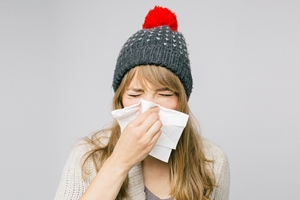
If dogs really are "man's best friend," then, as that best friend, you need to reach out and help your pup if it's suffering from allergies. After all, if it could, your dog would probably do the same for you!
Just like humans, dogs suffer from allergies, but we probably forget they do because they're not constantly reaching for tissues. Although dog tissues don't exist, there are still plenty of ways you can help your pets manage allergies. Here are a couple of common conditions they suffer from and how you can help:
1. Flea Allergy Dermatitis
Flea bites make dogs itch, but did you know their saliva can too? When dogs are scratching and itching with no sign of fleas, owners often rule them out. However, the saliva from only a few bugs can cause significant irritation. To prevent FAD, consistently wash your dog whenever it plays outside, brush it with a flea comb and use flea repellents during flea season.
2. Pollen
Called "inhalant allergies," dogs, like humans, also breathe in and suffer from mold, mildew or pollen from grasses, flowers and trees. There also is no cure for pet allergies. According to VCA Animal Hospitals, one main difference between people and dogs is how they react to pollen. When pollen enters a person's body, it affects the respiratory system. For dogs, it's the skin that reacts more severely to allergens, becoming itchy and red.
To help both you and your dog this allergy season, make sure to consistently bath, shut the windows to your home and avoid the outdoors between the hours of 9 a.m. and 3 p.m. when allergens are at their peak.
For more allergy solutions, visit Allergy Be Gone's store for a wide range of allergy control products.









